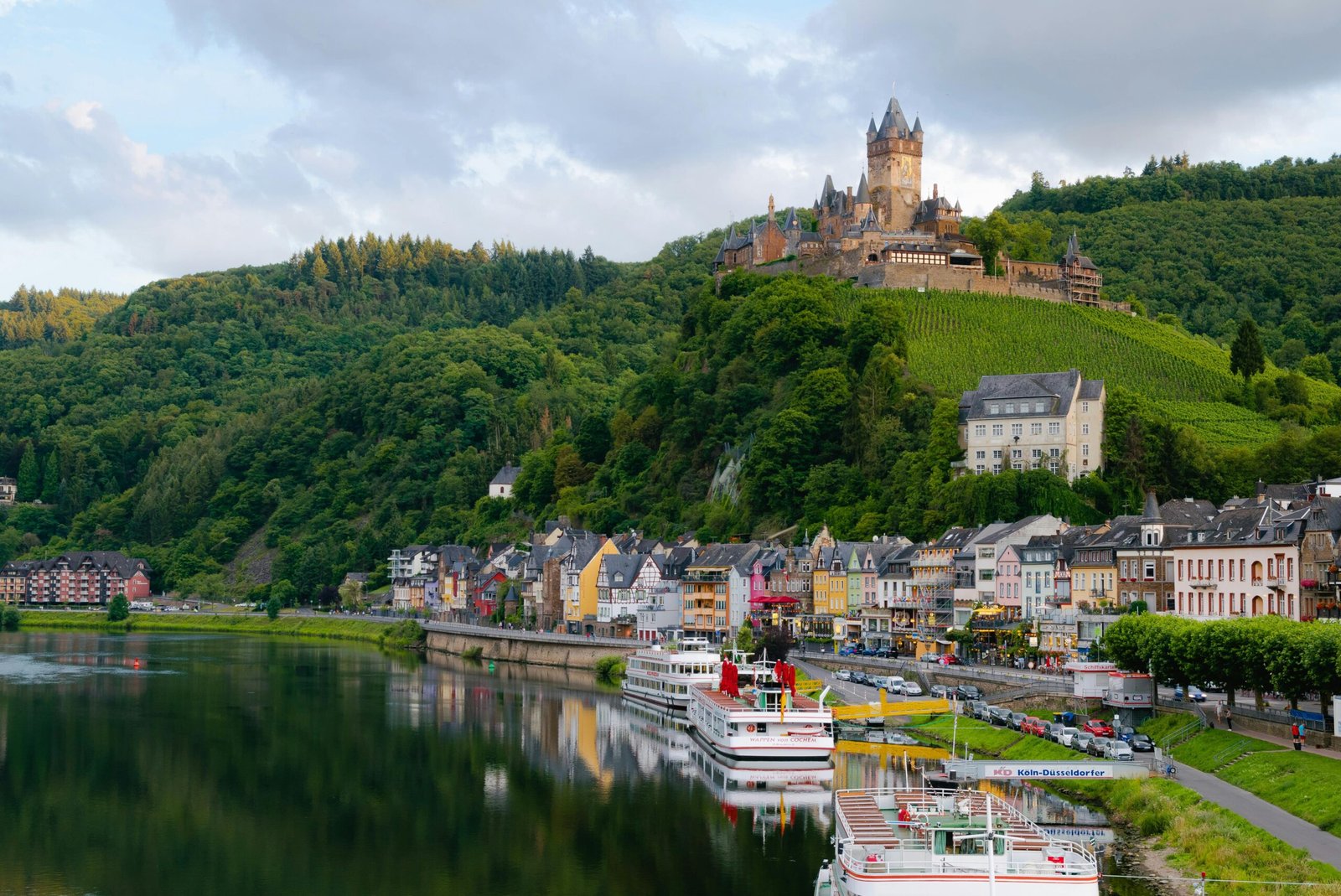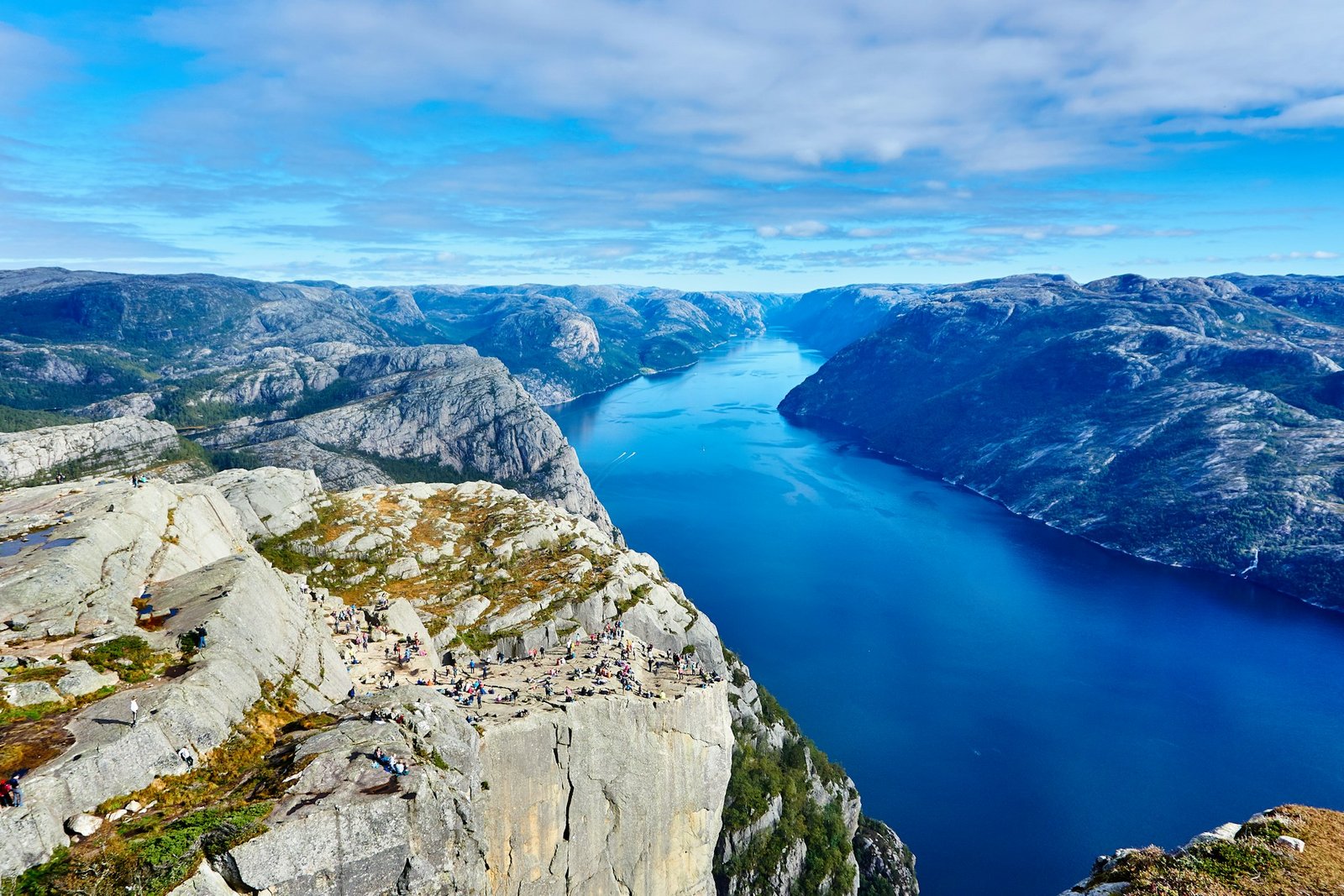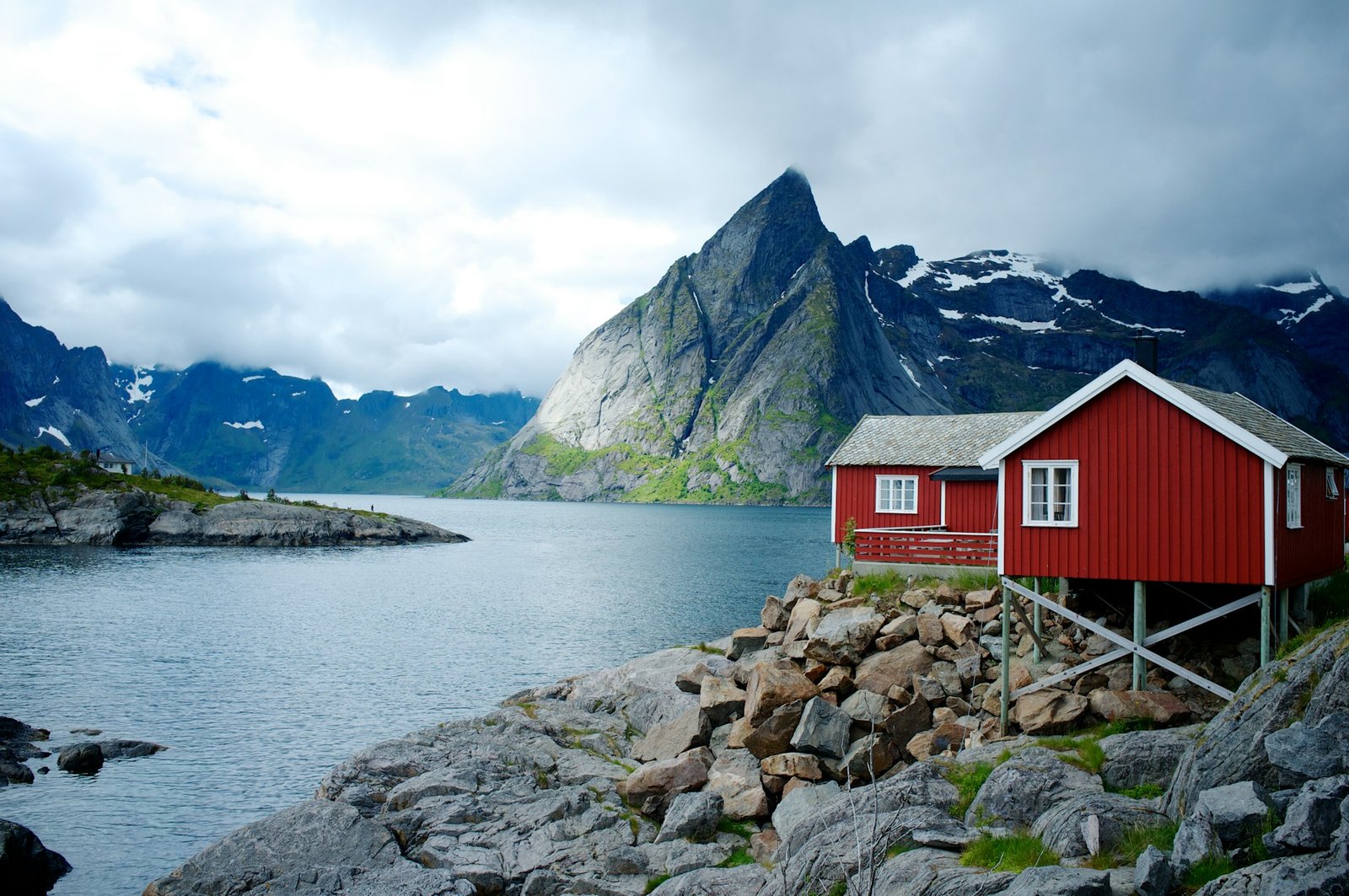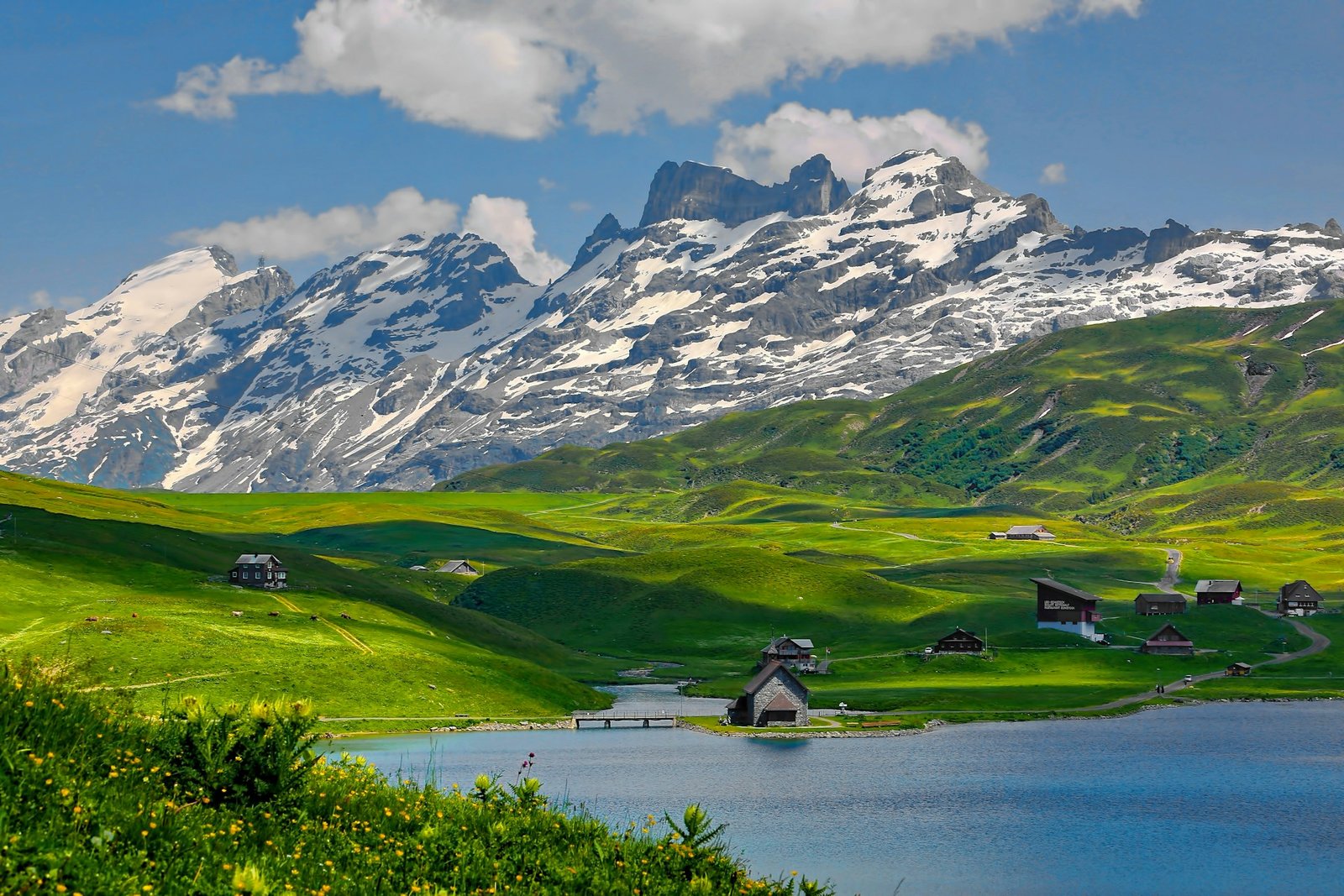Switzerland’s majestic Alps have long been a source of awe and wonder, with their snow-capped peaks and pristine valleys attracting travellers from around the world. But beyond the breathtaking scenery lies a lesser-known allure: the mysterious realm of Switzerland Mountain Mythical Creatures. From elusive snowsurfing Barbegazi to the dragon-like Tatzelwurm, these legends have fascinated locals and visitors alike for centuries.
Why do these tales persist? Are they mere folklore, or could they hold a kernel of truth? In this post, I’ll take you on a journey through Switzerland’s most intriguing mountain myths, exploring their origins, cultural significance, and the fine line between fact and fiction. Whether you’re a curious traveller or a folklore enthusiast, this deep dive promises to leave you questioning what’s real—and what’s not—in the mystical Swiss Alps.
Quick Preview: Switzerland Mountain Mythical Creatures at a Glance
Pressed for time? Here’s a snapshot of the key highlights from this post about Switzerland Mountain Mythical Creatures:
- Barbegazi: These snow-surfing gnomes are said to dwell in the Alps, helping lost travellers during harsh winters.
- Tatzelwurm: A dragon-like creature with countless sightings in Swiss folklore, often linked to caves and remote mountain paths.
- Dwarfs: Legends of treasure-guarding dwarfs abound in Swiss lore, particularly in the Graubünden region.
- Böögg: Once a frightening bogeyman, now a fiery festival icon at Zurich’s Sechseläuten celebration.
- Vouivre: The mythical serpent woman of Jura, known for her magical gemstones and links to European legends.
Why These Myths Matter
- They inspire tourism through themed hiking trails, folklore festivals, and cultural exhibitions.
- Science offers potential explanations, like misidentified wildlife or natural phenomena, for the enduring stories.
Discover how Switzerland’s mountain myths blend mystery, culture, and adventure in a way that keeps both locals and visitors spellbound!
The Fascinating World of Switzerland Mountain Mythical Creatures
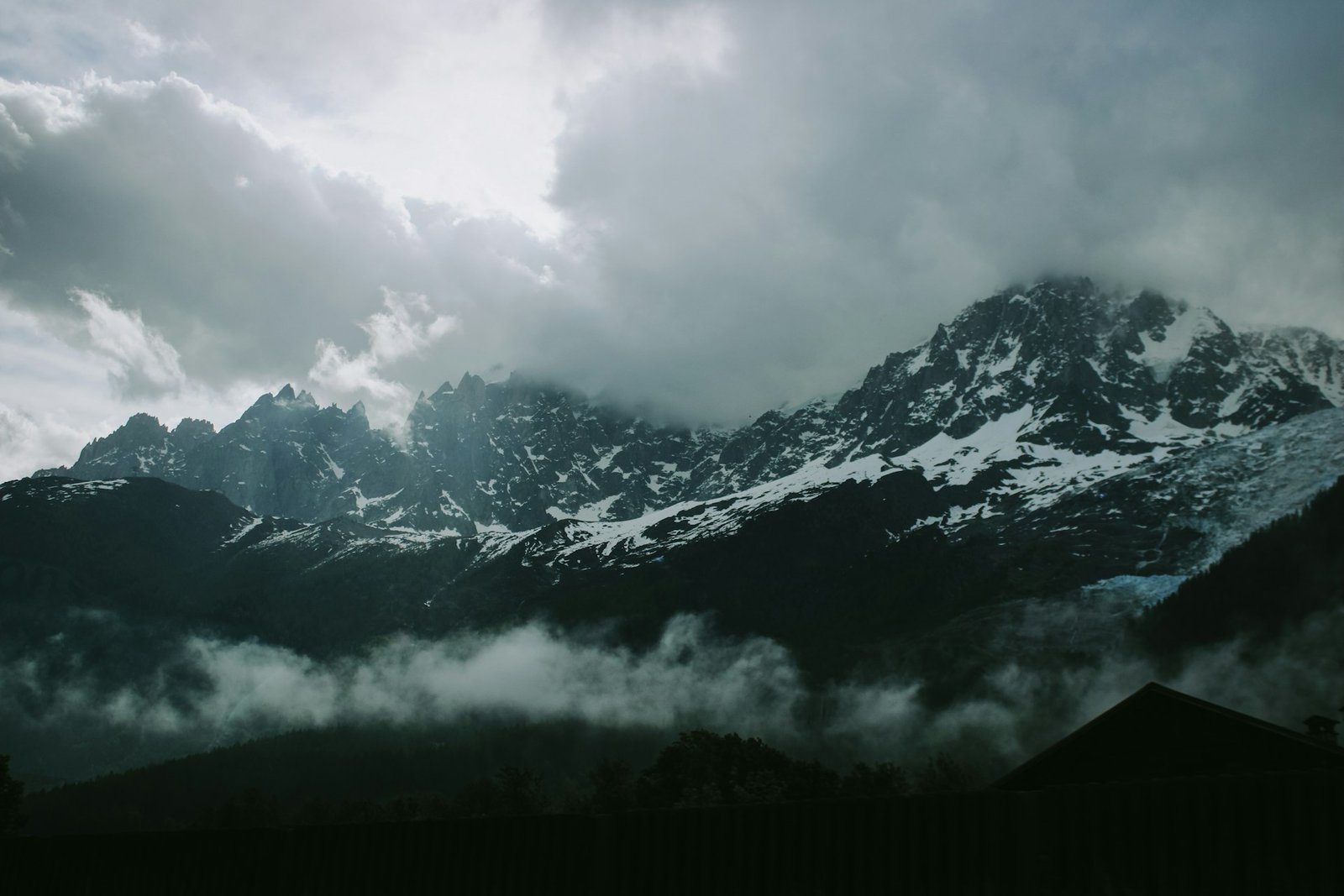
Switzerland’s towering Alps are not only a haven for hikers and skiers but also a breeding ground for legends and mysteries. Over centuries, the locals have shared tales of mythical beings that are said to dwell among these rugged peaks. Let’s uncover some of the most intriguing Switzerland Mountain Mythical Creatures and the stories that have kept them alive.
Barbegazi: The Alpine Snowsurfers
The Barbegazi, named for their “frozen beards” in French (barbe glacée), are small, humanoid creatures said to live in the snowy Alps. Known for their oversized feet, which they use like skis to surf down slopes, Barbegazi are depicted as friendly yet elusive.
- Physical Description and Abilities: These beings are typically described as small, white-bearded creatures with snow-white skin that helps them blend seamlessly into the icy landscape. Their large feet are not just for travel—they allow them to escape predators and traverse avalanches with ease.
- Origins of the Legend: The Barbegazi legend may have roots in the harsh Alpine winters, where tales of helpful spirits guiding travellers through snowstorms provided comfort and hope.
- Alleged Sightings and Cultural Significance: While modern sightings are rare, Barbegazi were once believed to warn villagers of impending avalanches or assist shepherds in finding lost sheep. Their story still resonates in Swiss culture, symbolising the balance between nature’s harshness and kindness.
The Tatzelwurm: Switzerland’s Elusive Dragon
One of the most famous Switzerland Mountain Mythical Creatures, the Tatzelwurm, is a mysterious creature shrouded in both fear and fascination.
- Description and Various Names: The Tatzelwurm, also known as Stollenwurm or Springwurm, is described as a serpent-like creature with a lizard’s head and short legs. Growing up to 6 feet in length, it’s said to dwell in caves and mountain crevices.
- Historical Accounts and “Evidence”: Stories of the Tatzelwurm date back to the 16th century, with alleged sightings recorded by farmers and travellers. In some cases, mysterious tracks or strange animal carcasses have been attributed to this elusive beast.
- Scientific Explanations and Cryptozoological Debates: Some speculate that the Tatzelwurm could be a misidentified animal, like a large salamander or an exotic snake. Others argue that it’s a product of Alpine folklore, created to explain strange natural phenomena.
Dwarfs of the Swiss Alps
The Swiss Alps are also said to be home to dwarfs, small magical beings with a rich place in local folklore.
- Characteristics and Behaviour: Swiss dwarfs are often depicted as kind-hearted and industrious, living in hidden underground homes where they mine for precious gems.
- Comparison with Dwarfs in Other Cultures: Unlike the mischievous dwarfs of some European legends, Swiss dwarfs are usually portrayed as wise and helpful, often guiding lost travellers or aiding in agricultural tasks.
- Role in Swiss Folklore and Modern Interpretations: The tales of dwarfs serve as a reminder of the region’s deep connection to nature and resourcefulness. Today, they feature prominently in Alpine storytelling and even in themed tours for visitors.
Legendary Beasts and Their Mountain Homes
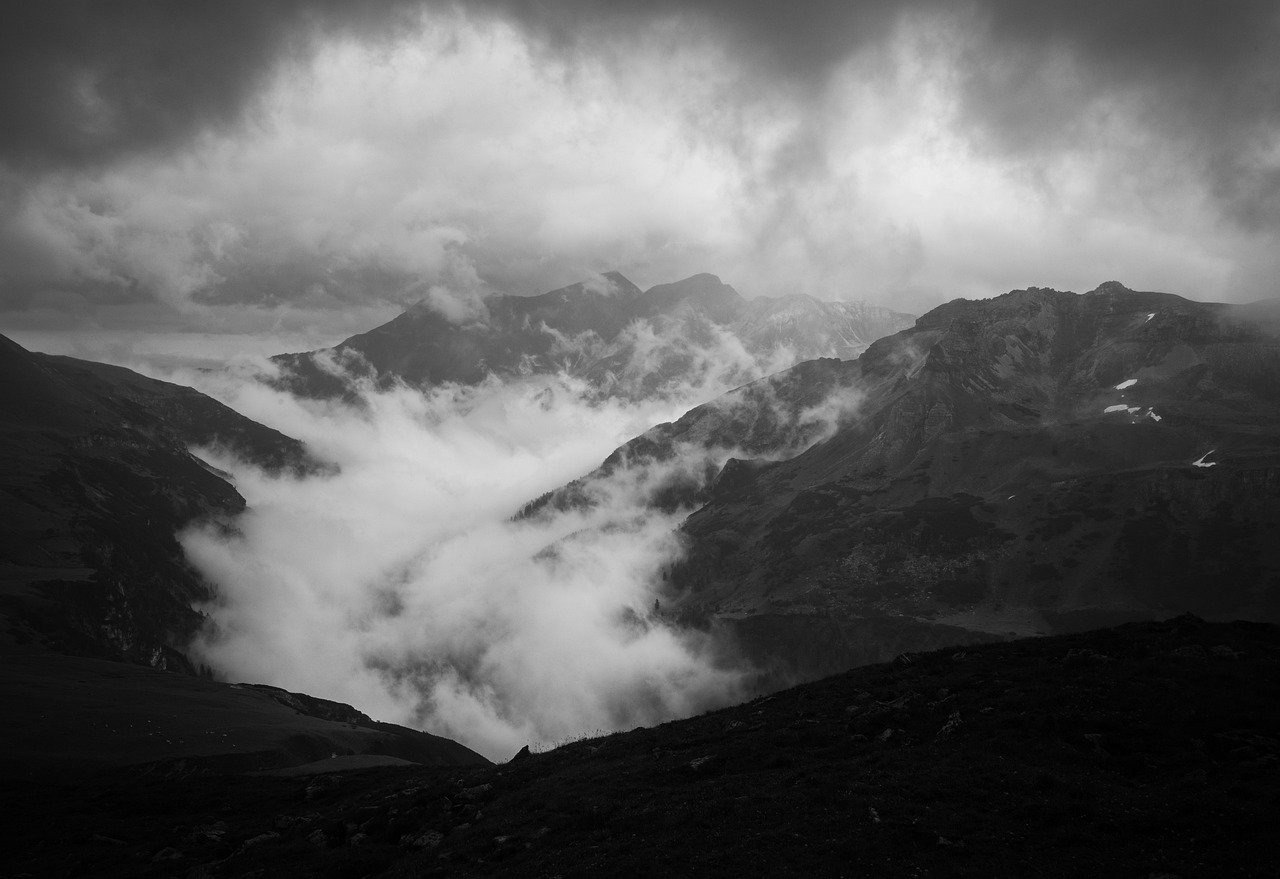
Switzerland’s mythical creatures are not confined to its folklore; some of their legendary neighbours in nearby regions add to the mystique of the Alps.
The Beast of Gévaudan: Terror in the Massif Central
Though not Swiss by origin, the Beast of Gévaudan terrorised nearby mountain regions and remains a fascinating part of Alpine lore.
- Historical Context and Alleged Attacks: Between 1764 and 1767, this wolf-like beast reportedly killed over 100 people in the French Massif Central. Its brutal attacks were well-documented, but the true nature of the creature remains unknown.
- Descriptions and Theories About Its Nature: Some claim it was an unusually large wolf or a hybrid animal, while others suggest it was a human-trained predator.
- Impact on Local Culture and Literature: The Beast inspired fear but also became a symbol of resilience in the face of nature’s unpredictability. It has since appeared in books, films, and folklore.
The Devil’s Bridge and Its Demonic Architect
A fascinating Swiss legend ties the Devil himself to one of the country’s most iconic landmarks: the Devil’s Bridge in the Schöllenen Gorge.
- Location and Architectural Significance: Spanning a treacherous gorge, the Devil’s Bridge connects the Gotthard Pass, a vital route through the Alps. Its construction in the 13th century was considered a marvel.
- Various Versions of the Legend: According to the tale, locals struck a deal with the Devil to build the bridge in exchange for the soul of the first being to cross it. However, they outwitted him by sending a goat instead.
- Symbolism and Moral Lessons in the Tale: This story reflects the ingenuity and determination of Alpine communities while serving as a cautionary tale about dealing with dark forces.
These myths and legends offer a glimpse into the cultural fabric of the Alps, where nature’s majesty intertwines with the supernatural to create tales that continue to captivate locals and visitors alike.
Swiss Mythical Creatures: From Folklore to Modern Culture
Swiss folklore doesn’t just exist in the past—it continues to thrive, influencing cultural practices and modern interpretations. Let’s explore how some Switzerland Mountain Mythical Creatures have transitioned from ancient tales to modern-day traditions.
The Böögg: From Bogeyman to Festival Icon
The Böögg, a snowman-like figure, has become a fascinating cultural icon, moving from myth to a key symbol in Swiss festivals.
- Evolution of the Böögg Legend: Historically, the Böögg was seen as a bogeyman used to scare misbehaving children during the harsh winter months. Its menacing presence symbolised the dark and cold season.
- Role in the Sechseläuten Festival: In Zurich, the Böögg plays a central role in the spring Sechseläuten festival. A large effigy of the Böögg is burnt on a bonfire, with the time it takes to explode predicting the quality of the summer ahead.
- Cultural Significance and Modern Interpretations: The Böögg now represents renewal and the changing of seasons. While its original mythological context has faded, the tradition showcases how folklore adapts to fit communal and celebratory practices.
The Vouivre: The Serpent Woman of Jura
The Vouivre, a half-woman, half-serpent figure, is one of the most enigmatic legends tied to the Jura mountains.
- Description and Magical Properties: According to the legend, the Vouivre wears a glowing ruby on her forehead, granting her immense power and clairvoyance. However, she’s also vulnerable when distracted by her own vanity.
- Similarities with Other European Legends: The Vouivre shares themes with similar myths across Europe, such as the Slavic Rusalka or the Greek Sirens, highlighting universal human fears and fascinations with the mystical feminine.
- Influence on Local Art and Literature: The Vouivre has inspired countless works of art, from paintings to modern Swiss literature. Her story represents themes of greed, vulnerability, and transformation, making it a timeless narrative.
The Science Behind the Myths: Explaining Switzerland’s Mountain Legends
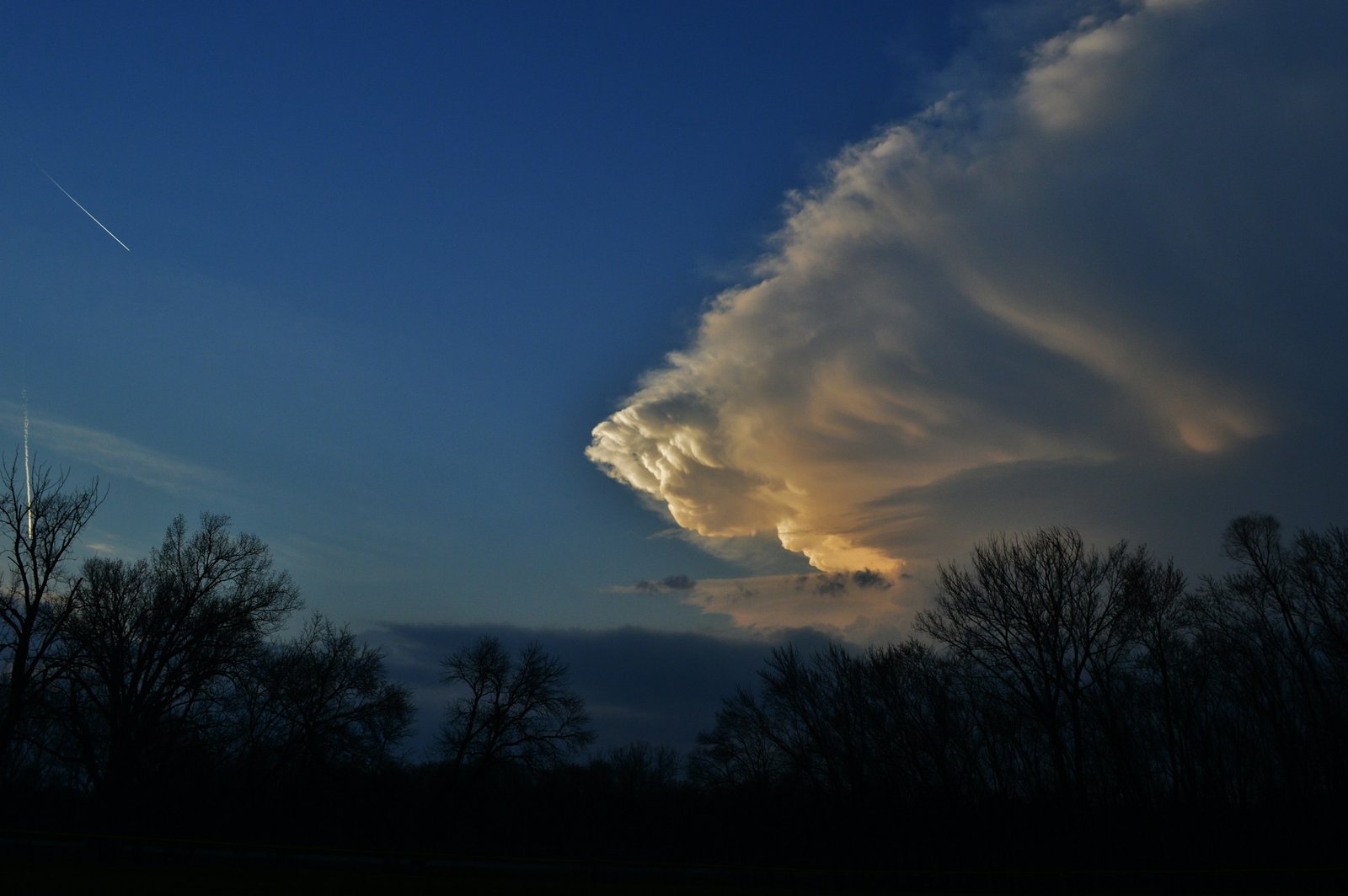
Many of the tales about Switzerland Mountain Mythical Creatures can be linked to natural phenomena and misinterpretations of the environment.
Geological and Meteorological Phenomena
Switzerland’s dramatic landscapes and unpredictable weather often play tricks on the mind, inspiring mythical stories.
- How Natural Events May Have Inspired Creature Myths:
- Avalanches, with their sudden and terrifying nature, could explain legends like the Barbegazi, who were believed to warn villagers of such disasters.
- Rockfalls or thunderous echoes in mountain valleys may have given rise to tales of giants or dragons.
- Examples: The mysterious, wind-driven whistling across high peaks or glowing lights caused by rare atmospheric conditions could easily be mistaken for supernatural activity.
Misidentified Wildlife
Sometimes, the simplest explanation is that myths stem from real-life encounters with animals.
- Native Swiss Animals That Could Be Mistaken for Mythical Creatures: Large birds of prey like the golden eagle, or reclusive mammals such as the lynx, could be responsible for sightings of fantastical beasts.
- Case Study: The Tatzelwurm: This serpent-like creature may have originated from exaggerated sightings of otters, salamanders, or snakes. The fear and isolation of remote mountain villages likely amplified these stories over time.
Preserving Swiss Mythology in the Modern Era
Switzerland’s rich folklore remains alive, thanks to cultural institutions and modern media that celebrate and reinterpret these legends.
Museums and Cultural Centres
Switzerland offers several opportunities to dive deeper into its mythical past.
- Notable Exhibitions on Swiss Folklore:
- The Ballenberg Open-Air Museum features displays and reconstructions that bring Alpine traditions to life.
- Local folklore museums in Graubünden and Valais showcase artefacts, art, and stories of Switzerland Mountain Mythical Creatures.
- Interactive Experiences Bringing Myths to Life: Many regions offer guided tours or immersive workshops where visitors can learn about myths directly from local storytellers.
Literature and Media
Swiss mythology has found a new lease on life through books, films, and games.
- Famous Swiss Authors Who Have Written About These Creatures: Writers like Jeremias Gotthelf wove local legends into their works, preserving them for future generations.
- Modern Adaptations in Film, Television, and Video Games: Mythical creatures such as the Tatzelwurm or the Vouivre have inspired characters and settings in global media, bridging the gap between Swiss folklore and contemporary pop culture.
Through these efforts, Swiss mythology not only remains a treasured part of the country’s cultural identity but also continues to captivate audiences around the world.
The Impact of Mountain Myths on Swiss Tourism
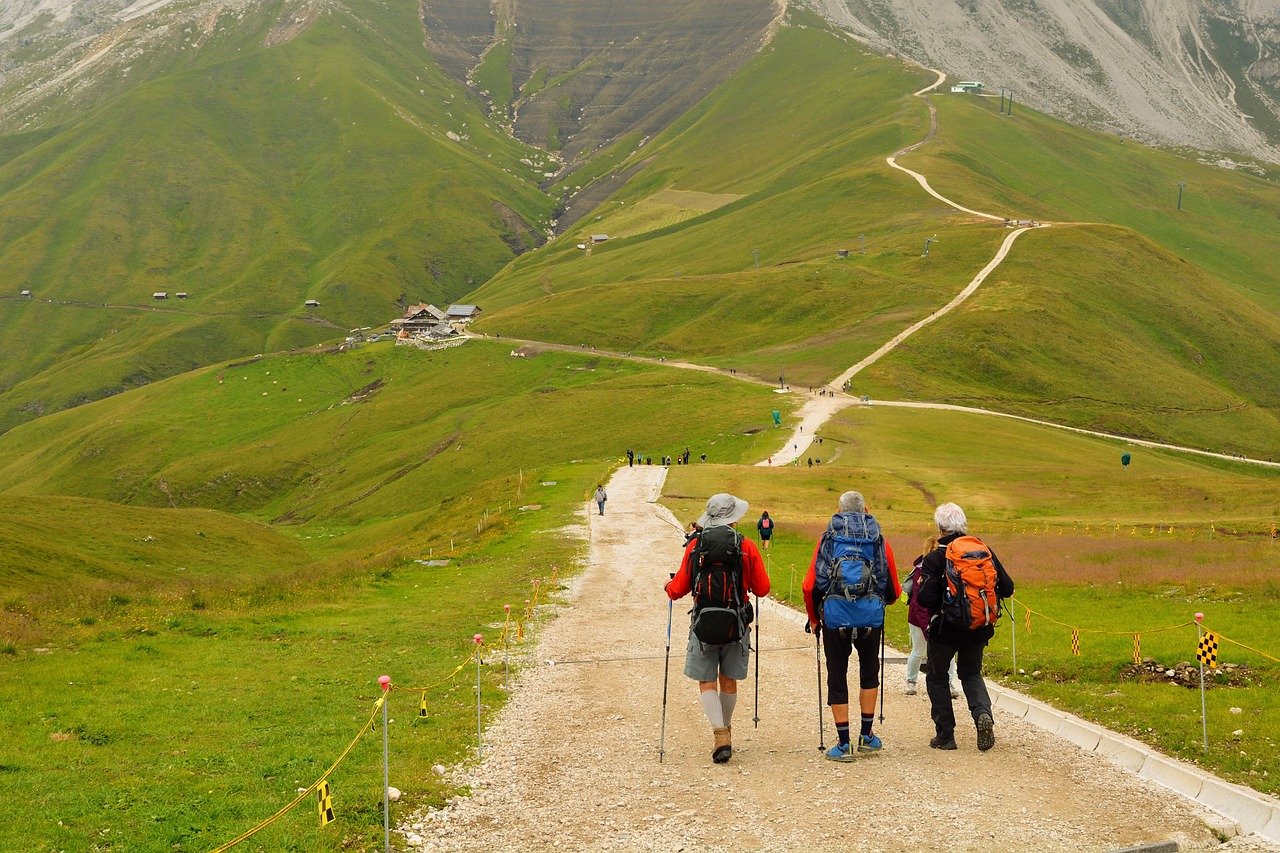
Switzerland’s breathtaking mountain landscapes are not just a playground for outdoor enthusiasts—they’re also steeped in legend, making them a magnet for curious travellers. Switzerland Mountain Mythical Creatures have become an integral part of the country’s tourism industry, offering unique experiences that blend nature, culture, and storytelling.
Themed Hiking Trails and Tours
Exploring Switzerland through the lens of its mythical creatures adds a magical dimension to any trip.
- Popular Routes Based on Legendary Creatures: Some regions have designed themed hiking trails where visitors can immerse themselves in local legends. For instance, the Tatzelwurm Trail in the Alps offers scenic paths with informational boards recounting sightings and lore.
- Guide to the Best “Mythical Creature Spotting” Locations:
- Barbegazi Territory: Try the snow-covered trails near Mont Blanc, where the legendary snow-surfing gnomes are said to reside.
- Dwarf Valleys: The charming alpine meadows of Graubünden are often linked to tales of dwarfs and hidden treasures.
- Tatzelwurm Hotspots: Remote caves and forests near the Jura Mountains are prime areas for those hoping to encounter—or at least imagine—the elusive dragon.
These trails and tours don’t just appeal to adventurers—they connect visitors to Switzerland’s folklore in a deeply engaging way.
Festivals and Events Celebrating Swiss Folklore
Switzerland’s festivals breathe life into its myths, making them accessible to locals and travellers alike.
- Annual Celebrations Featuring Mythical Creatures: Events like the Sechseläuten festival in Zurich showcase the burning of the Böögg, while smaller local festivals in rural regions re-enact stories of dwarfs, dragons, and the Vouivre.
- How These Events Boost Local Economies: Folklore-based celebrations draw crowds, boosting tourism and supporting small businesses. For instance, vendors sell handmade crafts and regional delicacies, while local guides offer storytelling tours.
By integrating mythology into tourism, Switzerland has managed to preserve its cultural heritage while creating unique experiences for visitors.
Frequently Asked Questions About Switzerland Mountain Mythical Creatures
What are the most famous Switzerland mountain mythical creatures?
The Barbegazi (snow-surfing gnomes), the Tatzelwurm (a dragon-like beast), dwarfs (treasure guardians), the Böögg (a festival figure), and the Vouivre (a serpent woman) are among the most famous creatures, deeply rooted in Swiss folklore and often tied to specific regions and natural landmarks.
Is there any evidence that these creatures are real?
While no concrete evidence exists, sightings and legends have been passed down for centuries. Some stories may stem from misidentified wildlife, like snakes or lizards resembling the Tatzelwurm, or natural phenomena, like avalanches inspiring Barbegazi tales. These myths often blend imagination with local experiences.
Where can I learn more about Swiss mountain myths?
Switzerland boasts folklore museums, such as the Ballenberg Open-Air Museum, which delve into local legends. Festivals like Sechseläuten in Zurich celebrate myths, while themed hiking trails and cultural centres across the Alps offer interactive ways to explore these fascinating stories.
How do these myths impact Swiss tourism?
Myths attract tourists through themed trails, storytelling tours, and festivals. Locations linked to specific creatures, like the Jura Mountains for the Vouivre, offer unique experiences. These events and attractions boost local economies by drawing visitors keen on exploring cultural heritage.
Are there similar creatures in other cultures?
Yes, Swiss myths often parallel global legends. For example, the Vouivre shares similarities with European serpent women, while dwarfs feature prominently in Germanic and Nordic folklore. These connections highlight how universal themes, like mystery and fear of the unknown, transcend borders.
What scientific explanations exist for these myths?
Many myths may originate from natural phenomena. Avalanches could explain Barbegazi tales, while geological events like rockfalls might inspire stories of giants or dragons. Similarly, animals like large lizards or unknown species may have been mistaken for mythical creatures like the Tatzelwurm.
Why are these myths still relevant today?
Swiss mountain myths preserve cultural identity and provide a connection to the past. They inspire curiosity, creativity, and storytelling, offering both locals and visitors a deeper appreciation of Switzerland’s natural and cultural heritage. Their enduring appeal lies in their mix of wonder and mystery.
Conclusion: The Enduring Appeal of Switzerland’s Mountain Mysteries
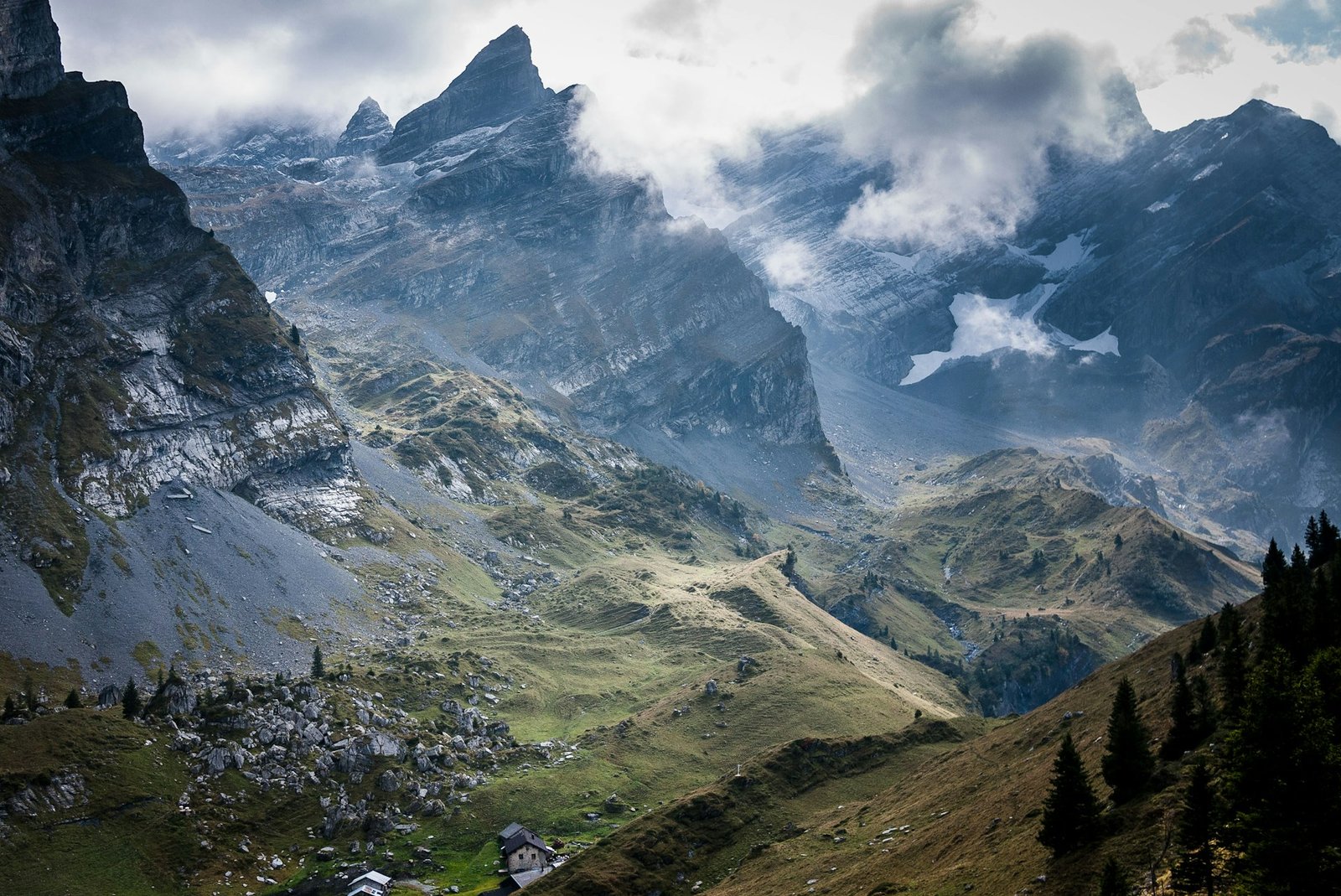
The legends of Switzerland Mountain Mythical Creatures are more than just stories—they’re a reflection of the country’s deep connection to its natural landscape and cultural identity.
Folklore plays an essential role in Swiss culture, preserving the wisdom, fears, and dreams of generations past. At the same time, these legends invite us to embrace a sense of wonder and curiosity, even in today’s sceptical, scientific world.
Whether you’re hiking a trail inspired by mythical beasts, attending a vibrant festival, or simply marvelling at the beauty of the Alps, these tales offer a timeless way to connect with Switzerland’s rich heritage.
In the end, the truth behind these myths doesn’t really matter. What matters is the magic they bring to our lives and the enduring reminder that, sometimes, it’s the mystery that makes life so fascinating.

